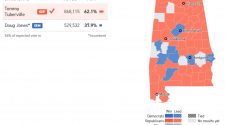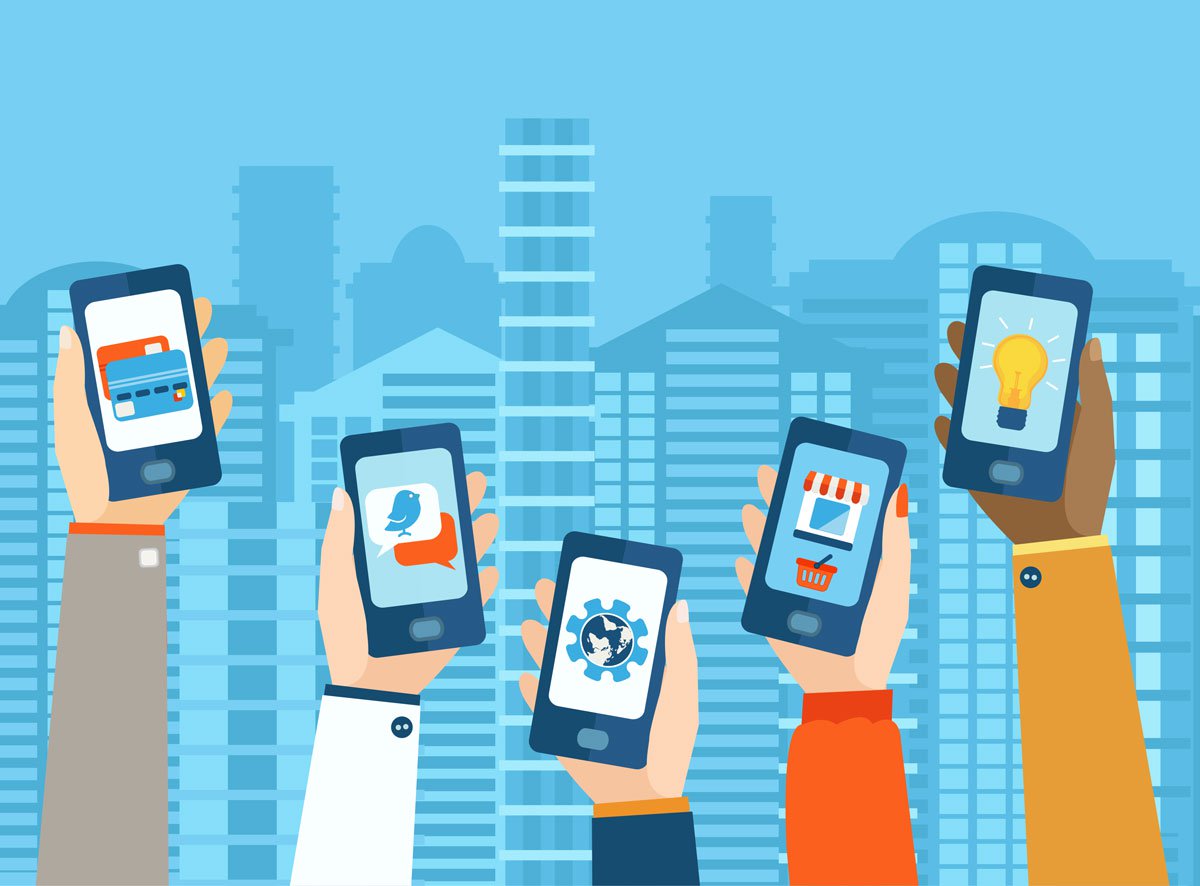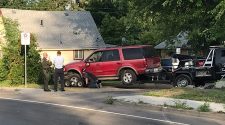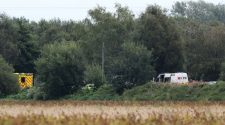From your digital assistant – think of Siri on steroids – scheduling your favorite conveyance method, selecting the most efficient path, ensuring that your workspace is configured to your needs (temperature, light, communication devices, chair, and desk), your appointments are scheduled, confirmed and reservations made, all the way down to making sure that your favorite coffee/tea blend is hot and ready upon your arrival.
If all of this sounds like a fantasy dream, then others are having the same one. Microsoft president Brad Smith and EVP of AI and research Harry Shum wrote a book examining concepts a lot like these. “The Future Computed” outlines Microsoft’s predictions and policy proposals around AI development. Shum told Business Insider that in 20 years, AI-operated personal digital assistants will be so integrated into our lives that they will be like “alter egos.”
So, my ideas of the future may be based more in reality than I even imagined. Picture no more commuter ensnarement as routes are regularly updated to your favorite conveyance method (walk, public transport, autonomous vehicle). During your commute, your digital assistant has been busy giving you the overview of the day, organizing and delivering all information you need to start your day, updating you on relevant news while engaging your favorite play list. No more driving around parking areas looking for a parking space; you will be delivered to the front door. You might even be taking an air taxi if Uber Elevate has its way.
Upon arrival, you notice that the landscaping is immaculate, never realizing that overnight the automated landscaping robotic drones have mowed, trimmed and swept the property. There are already autonomous mowers in operation and others with more sophisticated mapping and logic on the way. Even iRobot has a prototype in production of a lawnmower version of its Roomba called Terra.
Before you even enter the building, your digital assistant has communicated your arrival to the building’s automated reception system and your identity has been confirmed by facial recognition software to allow uninhibited authorized access to the property. In the lobby, you are greeted by the virtual building concierge who lets you, and your digital assistant, know of the elevator that is awaiting to dispatch you to your work area with a minimal number of stops.
Overnight the buildings automated janitorial system has vacuumed, swept, cleaned, dusted and emptied the trash (sorted for recycling, of course) so that you arrive to a clean facility and work area. The lighting in your work area has been adjusted to performance and preference standards adapting throughout the day to exterior lighting conditions and tasks being performed. The temperature is also being monitored to adjust to external and internal conditions and preferences as well. Restrooms are continually monitored for cleanliness and supplies are never allowed to run out.
Your digital assistant has already scheduled conference facilities for your meetings and has ordered refreshments based on the individuals in attendance (since it has already confirmed with that person’s digital assistant which has communicated individual preferences as well). All necessary external connections have been made so no more looking for video remotes or calling into conference lines. All relevant materials for the meeting have been electronically delivered to the attendees, all presentation materials set up. All handled by your virtual digital assistant.
For that lunch meeting, reservations and attendance were confirmed. Transportation was ordered by your digital assistant while coordinating with other attendees’ digital assistants the time of arrival and updating you with any possible changes. The restaurant is continually updated on your anticipated arrival with food and beverage selections already communicated to the kitchen to be ready for you and your guests upon seating.
Your digital assistant has already reorganized your day since your lunch meeting went longer than anticipated. It has notified and confirmed attendance, reallocated resources based on those changes and updated all relevant parties of the changes. The building’s integrated reception and access system has been notified of any external visitors by your digital assistant allowing them access once verified through facial recognition. They will be automatically directed to the meeting location and your digital assistant will let you know of their arrival.
Most interactions with technology will be verbal without the need for manual input (typing or keying is so 2020). Communications will be mostly visual and integrated with other technologies providing a seamless one source for interactions. No more emails, text, IM, etc. It will all be single-source communication. Your digital assistant will handle most of these autonomously leading you to believe that it is reading your mind (and who knows, that may be the case in the not too distant future).
At the end of the workday, your transportation arrives just as you exit the building. You are comforted in seeing the automated security patrol of the property using robots and drones knowing they are in constant communication with city emergency services thus ensuring the safety of all those who work there. I think I could get accustomed to this future.
Greg Grainger is president, principal, and co-manager of Younger Partners Property Services.












